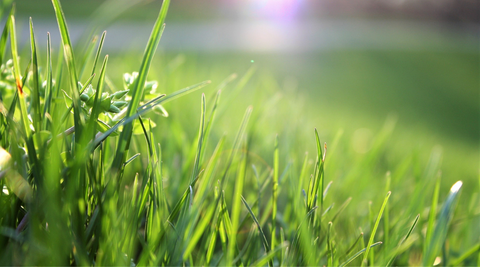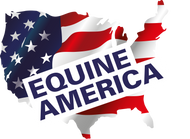Balanced Nutrition for Weight Management and Laminitis

Xenophon (380BC), may have been the first to write about laminitis and says “diseases are easier to cure at the start than after they have become chronic” (Reference: Heymering (2010) A historical perspective of laminitis.) Prevention is most definitely better than cure when it comes to laminitis!
This summer has been particularly challenging for those dieting with abundant grass for many!
Getting the nutrition right for a laminitic pony is so important, although we know that the majority of laminitics have an underlying hormonal cause, getting the diet right plays a vital role in a successful outcome. This means providing both the right quantity of calories (not too many!) and the right source of calories (fibre based, not sugar and starch), as well as meeting requirement for vitamins, minerals and essential amino acids.
The first thing to understand and know how to do as a horse, pony or donkey owner is to recognise if your horse is overweight or underweight or just right. Tackling equine obesity is a big challenge, and in part that is because we have all become used to seeing overweight animals, so we need to learn to look objectively and be honest. A good way to do this, is to learn to body condition score, this gives you a hands-on approach to their weight. There are lots of good resources online to help you do this. On top of this you can use a weigh bridge or weigh tape and also pictures to monitor their weight and condition. This way you will spot if they are gaining or losing weight. Ask your instructor, farrier or Vet to give you an opinion when visiting, as it can be hard when you are seeing them everyday.
The horse in the wild is naturally designed to gain weight in the spring and summer when forage is plentiful, ready to go through the winter, where they will naturally lose weight as forage becomes more scarce and their metabolic mechanisms have evolved to work with this pattern. For example insulin sensitivity will increase when forage is scare, ensuring they can derive the most nutrition from limited resources. These wild horses would have also been on the move constantly to stay safe from predators and allow them to forage over a large area. With the modern horse, we tend to stable and rug them and provide additional feed over winter, meaning they don’t lose weight, if anything they gain weight and go into the Spring carrying extra condition. This then builds year on year leading to obesity. Obesity has many health implications, in particular an increased risk of insulin resistance and high insulin levels which increase the risk of laminitis.
Keeping it simple, the aim of a weight loss programme is to restrict calories and increase physical activity. Sounds easy?!
Grass is the biggest source of calories for a horse. Limiting grazing time can reduce the volume of grass a pony can eat, but remember ponies are prone to gorging and can eat a huge amount in a short space of time (some manage to eat 24 hours’ worth of grass in just 4 hours!), so this may not be as effective as you hope. Other options include track systems or a grazing muzzle.
When stabled, hay or haylage will replace grass, it is important to know what you are feeding and what it contains, analysis is ideal but for many impractical so looking for clean but stalky type hay which is likely to be lower in calories, especially sugar. Soaking will also help reduce the soluble carbohydrates further. Weighing your hay before soaking, will help to ensure you feed the right amount. Over the winter as the environmental temperatures drop, don’t be afraid to reduce or stop rugging and allow them to use some calories to keep warm.
The European College of Equine Internal Medicine Consensus Statement (2019) reminds us exercise is also key (providing they are fit to do so) and will help burn off some of those calories.
It is important to remember that we are not trying to starve a laminitic or overweight horse, we are trying to restrict and manage their calorie intake. It is still vital that they get their essential vitamins and minerals and enough roughage to ensure they remain healthy. If they receive minimal grazing and restricted or soaked forage, you should consider adding a vitamin and mineral supplement to their diet, such as Everyday Vitamins and Minerals. This is a cost-effective way to ensure they get their essentials, without adding large amounts of calories from concentrates. Everyday Vitamins and Minerals also contain a live probiotic, to support the microbiome, which we are learning is key to supporting all round health and wellbeing.
One of the most common questions we get asked on our technical helpline, is ‘are our supplements safe for laminitic ponies and those requiring a low sugar diet?’ The short answer is yes, the majority have been carefully formulated to be low sugar and starch and can be fed as part of a balanced diet. Please contact our technical team (Equine Nutritionist and Vet led) with your individual circumstances if you have any questions.
 Skip to content
Skip to content

